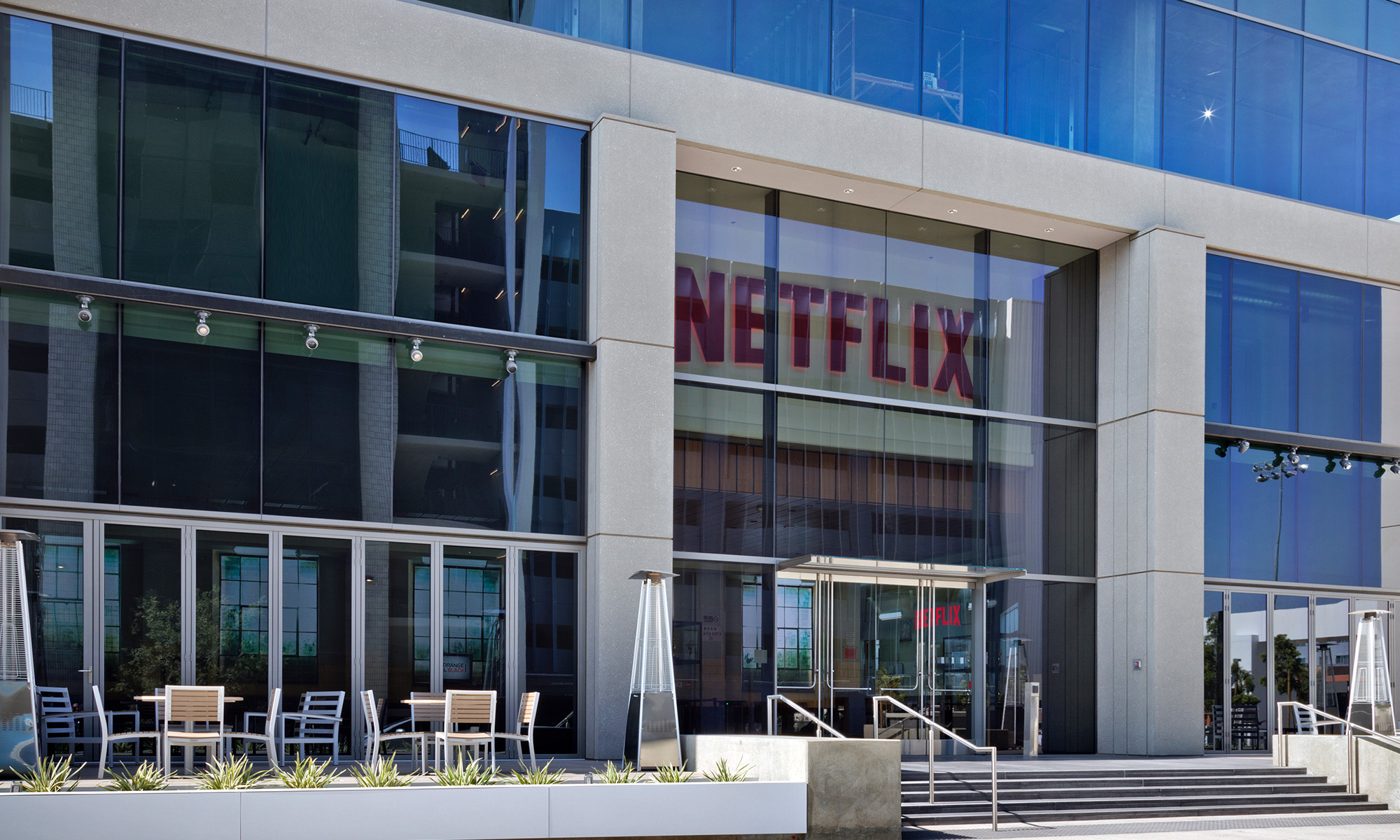If you look through the 18 holdings of the Messed-Up Expectations portfolio (not counting the new position in Trinity Industries (TRN +2.85%) I'll be opening when Fool trading rules permit), Netflix (NFLX 2.18%) is the largest single position, occupying 16% of the portfolio. It also happens to be my own largest holding.
It's also, probably, the company I know the best among the two dozen or so I follow for Motley Fool Stock Advisor. I've been covering it for that service, after all, for the past seven years.
In the MUE portfolio, I've tried to make a habit of adding to the winners, purchasing shares of Apple (AAPL +0.39%), for instance, a total of six times, with individual returns spanning 23%-111%. I've also purchased Western Digital (WDC +8.49%), the second largest holding of the portfolio, six times with individual returns ranging from 12%-248%.
So far, I've purchased Netflix exactly twice, once at $65.56 per share and once at $80.86, earning returns through last night of 626% and 488%, respectively. So why am I going back for more with shares at $475, near the all-time high of $487.60?
Well, for one thing, I don't believe that anchoring to prices like all-time highs is a healthy (or profitable) investor practice. As I wrote in the linked article, those who anchored to Apple's all-time high (at the time) at a $5.70 split-adjusted price back in early 2005 were purposefully giving up a chance at further growth in the company and what's turned out to be over 1,600% in returns since.
For another, I believe that Netflix will outpace the market going forward and grow to be a much bigger company than its current $29 billion market cap. Let me give you two reasons why.
"There can be only, um, more than one!"
Unlike in Highlander, Netflix exists in a universe where there are likely to be several different winners. Netflix is executing well on its strategy to produce original content and sign up exclusive deals with the likes of Walt Disney (DIS +2.57%) and DreamWorks Animation (DWA +0.00%) in order to differentiate itself in the market place.
But so are others in their own ways. Amazon.com (AMZN +0.17%) with its Prime Video streaming service has several original shows and exclusive content of its own, and Time Warner's (NYSE: TWC) HBO division is an old hand at producing compelling content. Others, such as Hulu Plus -- owned in part by Disney -- further specialize in some other way, such as providing content the day after it airs on regular television.
Netflix does not have to be (and, in fact, recognizes that it won't be) the sole player in Internet video streaming. It just needs to ensure that its content is compelling enough, and the user experience is good enough, to grow subscriber counts. And, at $8.99 a month, it seems that many people agree that Netflix provides good value for the money.
"Over there! Over there!"
World War I was a longtime ago, but Netflix is successfully "battling" abroad. Currently, it is or will soon be in more than 50 countries focused primarily in Europe and Latin America.
There are many more broadband subscribing households outside the U.S. than domestically. In the 33 OECD countries (ex-U.S.), there are over 245 million broadband subscriptions. That's 2.6 times the 93.6 million in the U.S. Currently, Netflix has 35.1 million paying members domestically, a 38% penetration level.
Assuming it can reach that same penetration level in the other OECD countries and domestic membership remains constant (actually, it's likely to grow), that means the company would grow by 167% from its current level in subscribers and even more in total revenue. (Remember, it recently instituted a $1 per month price increase, but that won't affect most of the current 48 million paying members until two years from now; new members pay the higher $8.99 per month level right off.)
If it grew to the 128 million total members implied in the above model over the next seven years -- representing a 15% growth rate annually -- and all else remained the same, the company's stock would almost certainly outpace the market (which has a long-term average of about 11% annually). Note, that 15% annual growth rate is well below what the company is currently achieving.
All else won't remain the same, of course, but note that the domestic streaming business is already solidly profitable. The only reason the company as a whole remains minimally profitable is because it is reinvesting so heavily in growing its international presence -- buying hardware, licensing content, advertising, etc. By the time international membership begins to significantly exceed domestic membership, I expect the international business to be solidly profitable, as well, even as the company keeps growing, and that should help propel returns.
Bonus: OECD countries don't represent all of Netflix's potential international market, and the total number of broadband subscriptions worldwide is likely to increase, as well, meaning Netflix's total addressable market continues to grow.
I believe the long-term thesis for Netflix remains strong. Therefore, I'll be adding more shares to the MUE portfolio. I expect that these, too, will show a respectable gain over the years.
Come discuss this decision, and the other positions the MUE portfolio has, on the dedicated discussion board.











